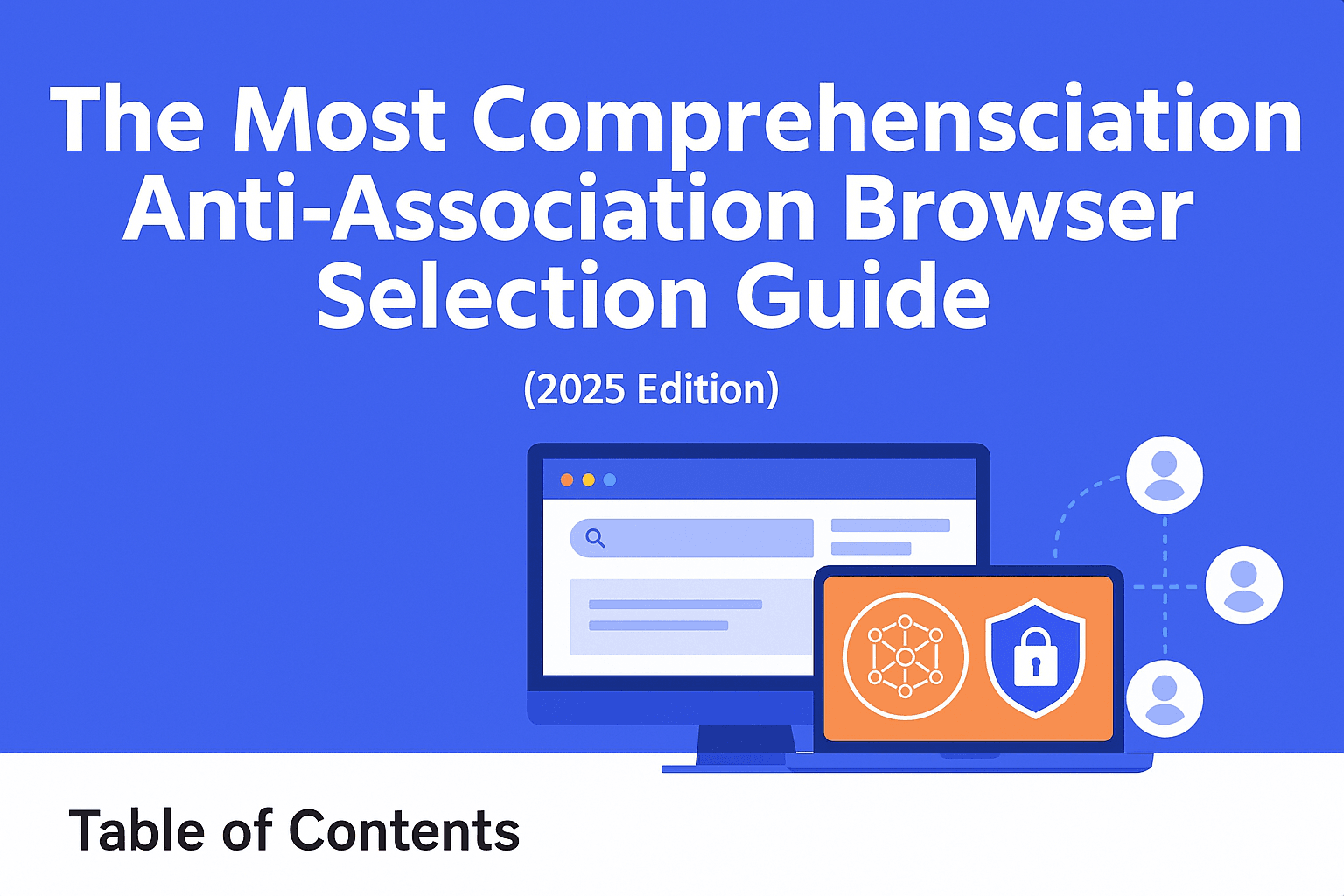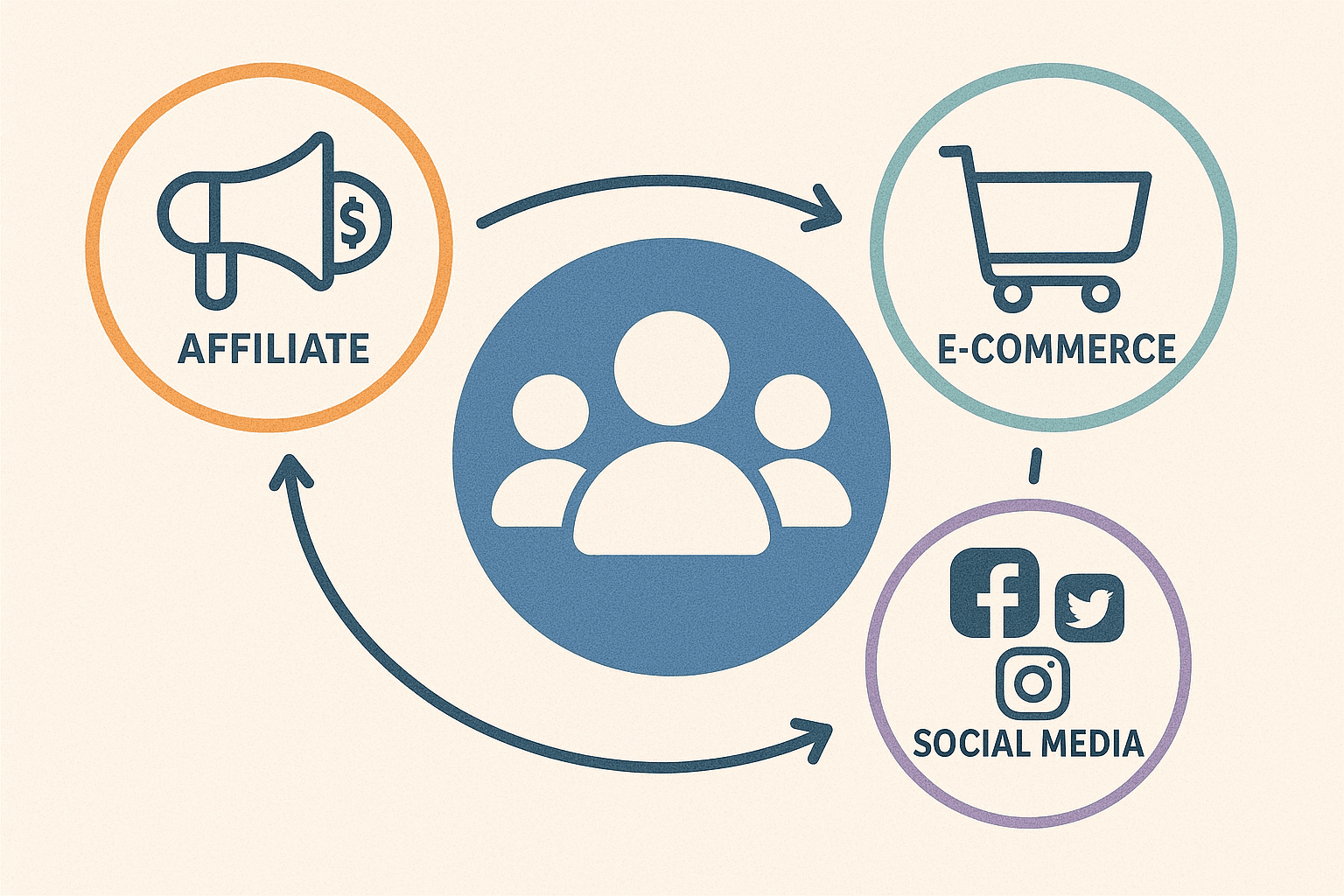What Is Affiliate Marketing? A Single Article to Help You Master It


In the internet era, affiliate marketing is rapidly becoming an efficient, low-cost, and highly rewarding marketing method. Whether you're a content creator, independent media personality, KOL (Key Opinion Leader), brand owner, or entrepreneur, understanding and mastering the core logic of affiliate marketing is a key step toward unlocking monetization opportunities. Although many people are still unfamiliar with the term, affiliate marketing is already widely present online in ways you may recognize but haven't consciously noticed. Today, let’s break down what affiliate marketing is—this beginner’s guide will help you kick off your affiliate marketing journey.
1. What Is Affiliate Marketing?
In simple terms, affiliate marketing is a cooperative model based on “you help me sell, I share the profit.” Merchants rely on third-party promoters (also known as “affiliates”) to promote their products or services and only pay commissions when valid sales, clicks, or registrations are generated.
Example:
Suppose you're a beauty influencer recommending a lipstick and include a special purchase link. When a user places an order through that link, you earn a commission paid by the merchant. This entire process is a classic case of affiliate marketing.

2. The Four Key Roles in Affiliate Marketing
- Merchant (Advertiser): Provides the product or service and sets up the commission structure.
- Affiliate (Publisher): Uses their content or traffic channels to promote products and earn commissions.
- Affiliate Network: Connects merchants and affiliates, offering technical support, tracking systems, and commission settlements.
- Customer: Makes a purchase through the affiliate’s link and is the ultimate source of conversion.
3. Common Models of Affiliate Marketing
- CPS (Cost Per Sale): The most common model. Affiliates earn commissions only when users successfully place an order.
- CPA (Cost Per Action): Commissions are earned when users complete specific actions like registration, downloads, or filling out forms.
- CPC (Cost Per Click): Commissions are paid per user click. Riskier and less commonly used.
- CPM (Cost Per Mille/Thousand Impressions): Mostly used in display advertising and not typical in affiliate marketing.
4. Advantages of Affiliate Marketing
For Merchants:
- Low Risk: Pay only after a conversion, avoiding wasted marketing spend.
- High Efficiency: Leverage countless content creators to quickly scale marketing reach.
- Easy Tracking: Data is visualized, and performance is measurable.
For Affiliates:
- Asset-Light: No need for inventory or shipping—monetize through content or traffic.
- High Flexibility: Work from anywhere, anytime, with freedom in promotion methods.
- Multi-Platform Friendly: Can promote through blogs, videos, social media, or independent websites.
5. How to Start Affiliate Marketing
1. Choose the Right Platform
Pick affiliate platforms that align with your content focus. Examples include:
Platform TypeExamples
E-commerceAmazon Associates, Taobao Alliance, JD Affiliate
Software MostLogin, Notion, VPN affiliate programs
Finance Credit cards, insurance, loan platforms
Content ClickBank, ShareASale, CJ Affiliate
2. Register as an Affiliate
Usually requires an account, payout method, and sometimes a content quality review.
3. Obtain Your Unique Affiliate Link
The system generates a trackable link for your use, enabling accurate performance attribution.
4. Promote on Your Own Channels
Promotion can take the form of review articles, short videos, livestreams, community recommendations, and more.
5. Optimize and Review Regularly
Check analytics regularly to identify which content performs best, and adjust your strategies accordingly.
6. Affiliate Marketing Pitfalls to Avoid
- Don’t exaggerate product benefits—ensure your content is truthful and credible.
- Avoid dishonest tactics like fake orders—these can lead to account suspension.
- Clearly disclose your affiliate relationships to build user trust.
- Stick to reputable platforms to ensure safe and timely commission payments.
7. Who Is Affiliate Marketing For?
- Bloggers, YouTubers, and video creators
- Social media influencers, WeChat/Weibo/Red authors, Zhihu contributors
- Website owners and traffic monetization specialists
- Office workers or freelancers looking to develop a side income stream
8. Conclusion: Anyone Can Become an Affiliate Marketer
Affiliate marketing is a win-win strategy. Merchants gain targeted traffic and sales, while affiliates monetize their content and grow their income. In this content-driven era, if you have influence or can produce high-quality content, you have the potential to earn significantly through this system.
Whether you’re just starting as a content creator or looking to generate passive income as a side hustler, start learning and experimenting with affiliate marketing today—you could become the next success story in the world of extra earnings.
🚀 Download the multi-account management tool now
Use MostLogin to make account management safer and more efficient


